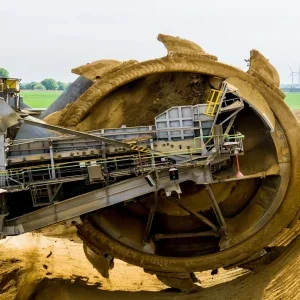Site C will help meet British Columbia’s future electricity needs by providing 900MW of capacity and 4,600GWh of electricity each year.
The project will produce lower greenhouse gas emissions per gigawatt-hour, when compared with other forms of electricity generation. This will help British Columbia further displace fossil fuel-generated electricity with clean energy.
As the third project on one river system, Site C will generate 30% of the electricity produced at the WAC Bennett Dam with 5% of the reservoir area. The project is also expected to generate an estimated 7,650 direct construction jobs through the construction period, and up to 35,000 direct and indirect jobs through all stages of the project.
As a source of firm energy, Site C will facilitate the development of clean energy projects by providing additional capacity to back up intermittent resources, such as wind, run-of-river hydro and solar.
The decision to pursue Site C comes at a time when BC Hydro forecasts that British Columbia’s electricity needs will grow by 20 to 40% over the next 20 years.
Construction of Site C will be subject to required regulatory approvals, and ensuring that the Crown’s constitutional duties to First Nations are met.
Site C will now advance to the regulatory review phase, which will include an independent environmental assessment. The regulatory review phase is expected to take about two years, and it is anticipated that Site C will be available for domestic electricity need by 2020.
The regulatory review for Site C will involve consultation processes, including opportunities for input and participation by the public, First Nations, stakeholders, communities and customers.
In addition, as part of the environmental assessment process, the project will consider potential environmental and socio-economic effects, impacts to land and water, and options for regional benefits, such as infrastructure and supporting recreational opportunities. Where impacts cannot be avoided, BC Hydro said that it will identify and evaluate potential options for mitigation.
The Site C Clean Energy Project has been evaluated using best practices in project planning and development. This includes a five-stage process that provides multiple milestones for assessing the project and deciding whether to proceed to the next stage.
The provincial government decision to advance Site C to the third stage of project planning and development, including an environmental review, is based on two years of work by BC Hydro.






